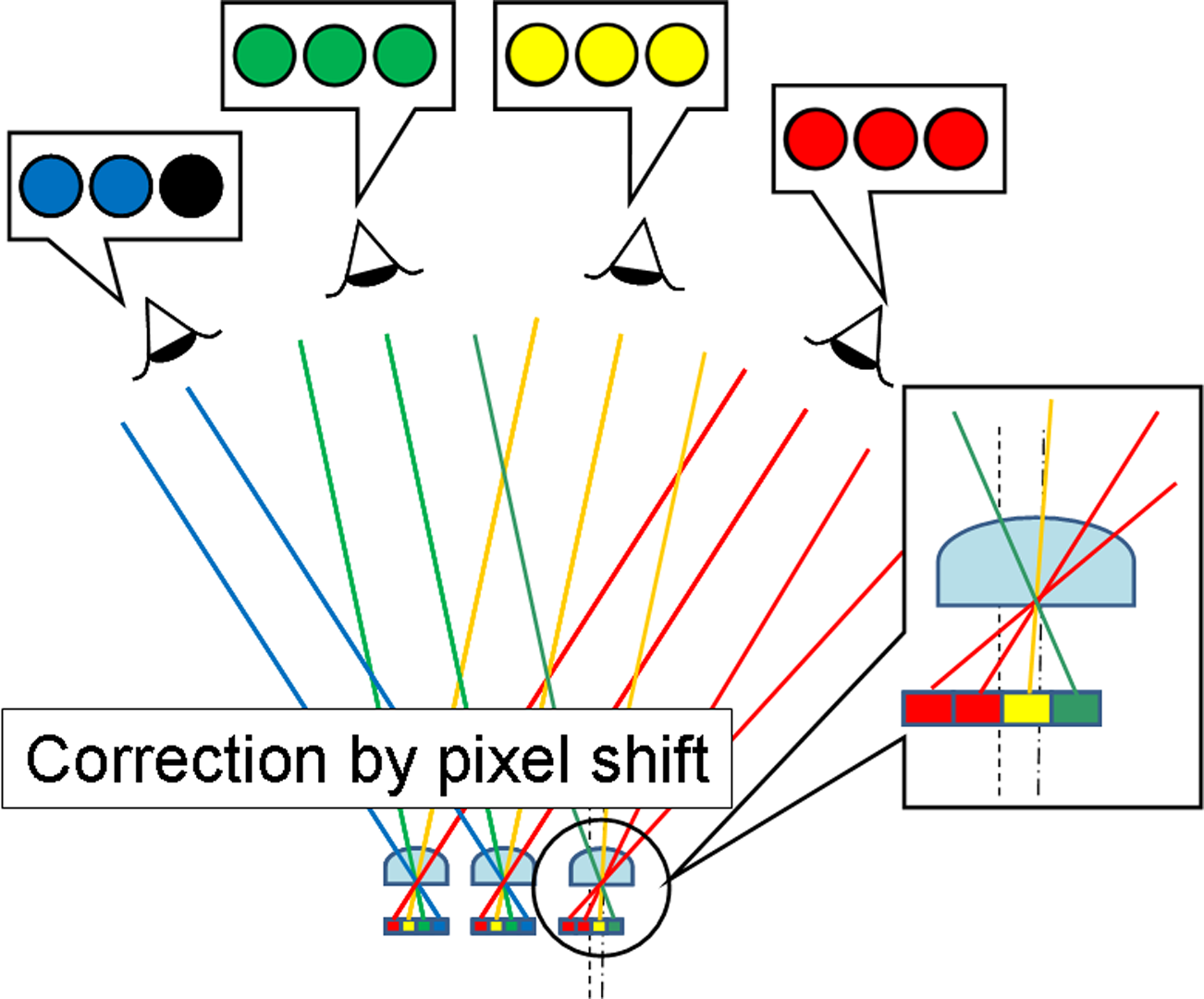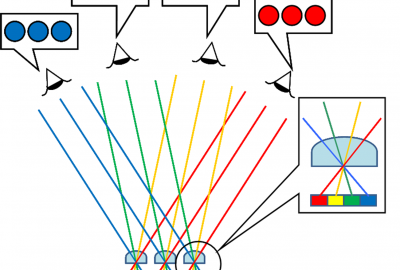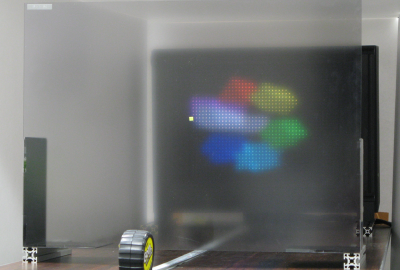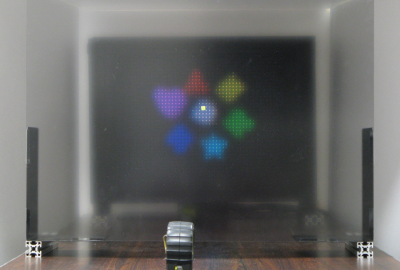“Three-dimensional auto-stereoscopic animated image with a long viewing distance using high-precision image correction” by Teraguchi, Yamashita, Masamune, Dohi and Liao
Conference:
Type(s):
Title:
- Three-dimensional auto-stereoscopic animated image with a long viewing distance using high-precision image correction
Presenter(s)/Author(s):
Abstract:
Three-dimensional (3-D) displays have got a lot of attention because they have a much higher sense of realism and are more intuitive than 2-D displays. In particular, autostereoscopic displays are suitable for everyday use because they can be observed from an arbitrary viewpoint without supplementary glasses or tracking devices. Integral Videography (IV) is one of the methods for autostereoscopic animated images that extends Integral Photography (IP) to animation. IP/IV uses a combination of a lens array and a number of calculated elemental images with different perspectives. In particular, IV with a depth of several meters can be applied in many areas. However, most IV reports have an image depth of only several centimeters. Only a small deviation of a lens from its designed position would result in several degrees of deviation of the light ray from the back of the lens. We have developed the static autostereoscopic image by projecting the light sources from an object onto a photographic film through the lens-array [Liao et al. 2005]. In this study, we obtained animated IV of 1 m image depth with less distortion using our method to correct IV images. The method is technically unique.
References:
1. Liao, H., Iwahara, M., Katayama, Y., Hata, N., and Dohi, T. 2005. Three-dimensional display with a long viewing distance by use of integral photography. Opt. Lett. 30, 6 (Mar.), 613–615.










